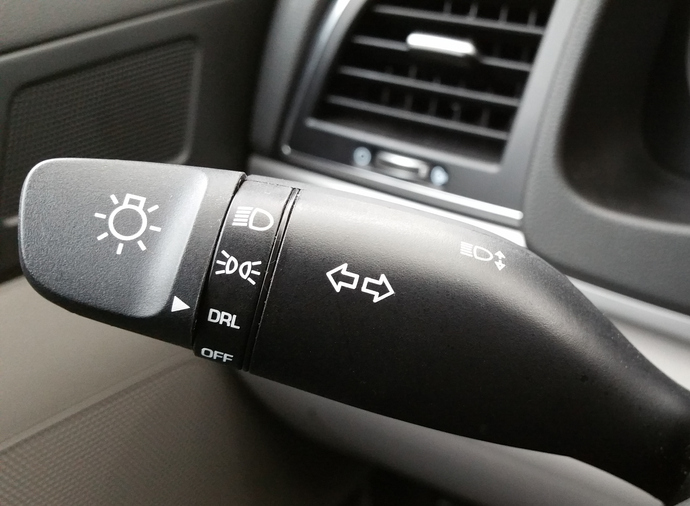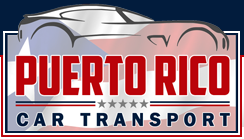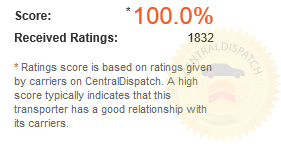Turning and changing lanes
Hazard lights
Conclusion

Turning and changing lanes
Your turn signals are not just an easy way for the police to pull you over and give you a ticket. They are a warning for other drivers that you will be maneuvering your car in one direction or the other. You might be turning in one direction; you might be changing a lane in a certain direction or you could even be parallel parking. Regardless, without this warning, other drivers will have much less time to react by slowing down or stopping which would allow you to complete your turn or lane change safely.
When you are turning, there are a few simple things to remember about the use of your turn signals:
- Be sure that you always signal at least a hundred feet before you stop to make your turn.
- Do not use your signal too far before your turn. Doing so will make some other drivers believe you have left it on in error, thus they will no longer think that you will be turning which will defeat the purpose of using the signal in the first place.
- Even when you are turning out of somewhere insignificant like a parking lot or driveway, be sure that you signal in the direction that you will be turning because it will help drivers on that road that you are turning onto know which direction that you plan on turning in.
- Make sure your turn signal is off once you have completed your turn and are driving straight forward.
When you are changing lanes, your turn signals are equally as important as when you are turning. There are some similarities between the use of your car’s blinkers when you are turning and when you are changing lanes but there are also significant differences too. One similarity is that you must signal at least a hundred feet before you start to change your lane. Another similarity is that you must ensure that your blinker is turned off when you have completed changing your lane.
However, one major difference between using your signals for turning versus changing lanes is that you will have to check your vehicle’s blind spot prior to completing the lane change. When you are turning, you will not need to worry about checking for traffic behind you, only oncoming traffic. Another difference is that you will not need to come to a complete stop, in fact you might not even need to slow down in order to change lanes.
Hazard lights
A vehicle’s hazard lights are when you press a button in your car that will simultaneously activate both turn signals so that drivers around you will know something is wrong and that you could stop soon without further warning if you have not already. Your hazard signals have very specific uses that are only for select emergency circumstances.
You should only use your vehicle’s hazard lights in the following circumstances:
- When you are in a car accident
- When your car breaks down or you are changing a tire
- When you are pulled over by the police
- When you are a part of a funeral procession
Your car’s hazard lights are not appropriate to use in the following circumstances:
- When you are double parked
- When you are parked in a loading zone
- When you are blocking a driveway or freight entrance
- When you want to slow down to see a street sign or look for parking
Conclusion
Your car’s turn signals, or blinkers as many people call them, are a very important part of the safety of driving. If you do not use them correctly or at all, other drivers around you will not have the proper notice that you plan to do something like changing lanes or turning. Your hazard lights are for completely different uses than your turn signals are. You should only use your hazard lights in emergency situations such as if your car breaks down or if you are pulled over by the police. Avoid using your hazard lights for non-important things like parking illegally as it will not help you avoid a ticket.


